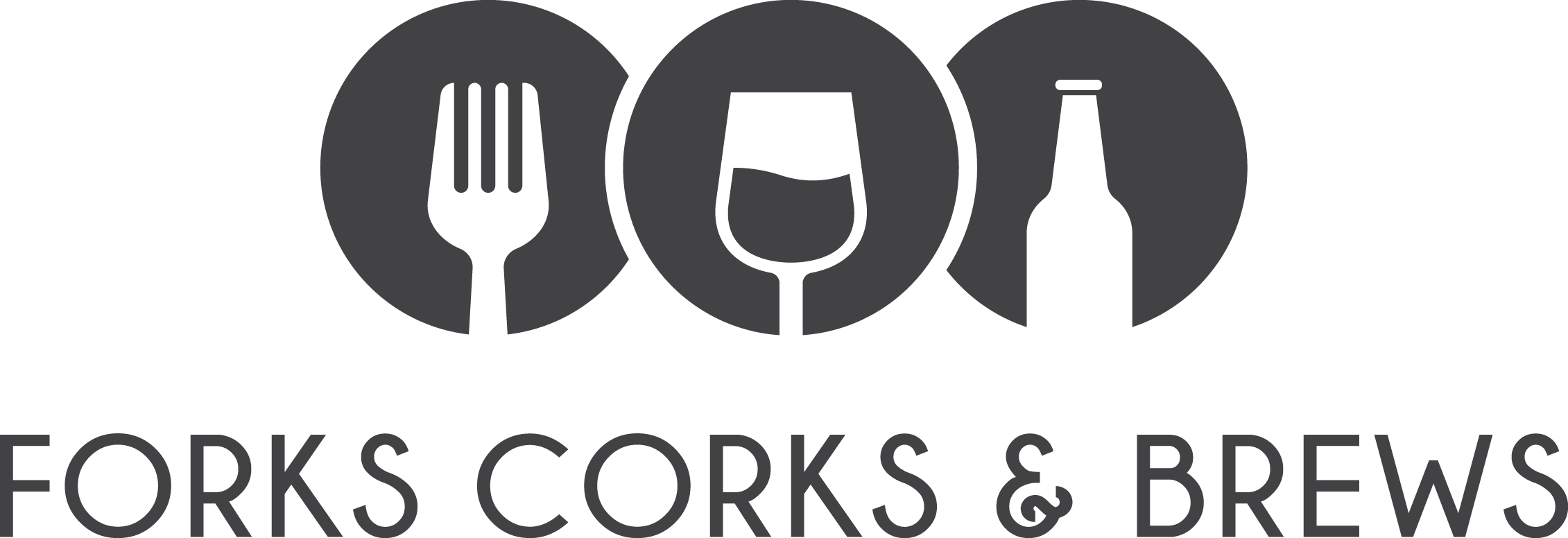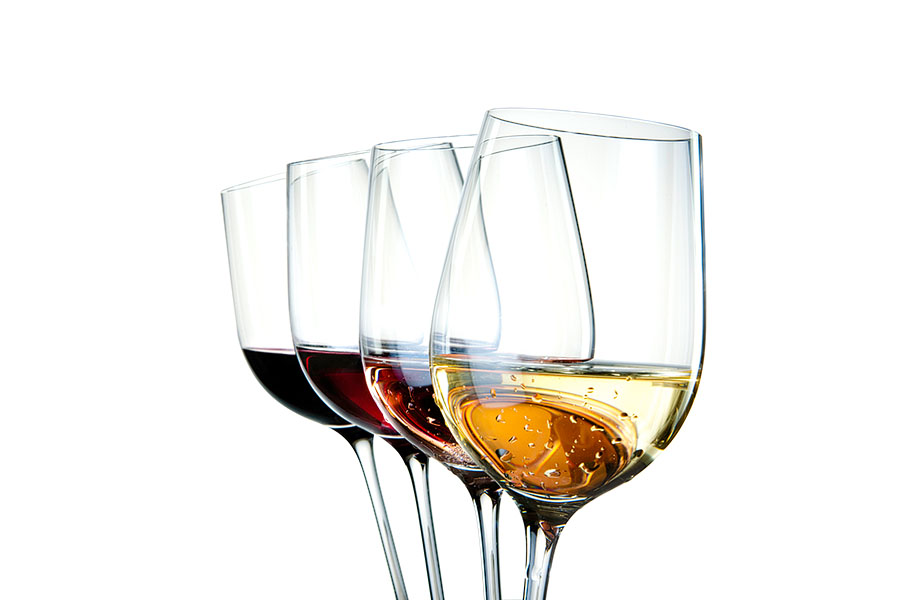Wine and Charcuterie are always a good combination. When preparing for your next party or get-together you may have questions about what to drink with charcuterie. Do you know what wine goes well with charcuterie?
Think About Fat, Salt, and Acid
- Salt will make wine flavors soften
- Salt will also increase the entire flavor palate
- Fat in cheese pairs well with wine because wine is more acidic than cheese
- Cured salami and prosciutto have high salt and fat contents so they pair well with wine
What to Drink with Charcuterie?
If you ask us Champagne always pairs well with charcuterie, but if you don’t have the budget for Champagne then you can buy a sparkling wine such as Crémant, Prosecco or Cava.
This is the quickest explanation of Champagne. It must be made using Methode Champenoise in the Champagne region of France in order for it to be called Champagne. If you drink a sparkling wine made outside the region of Champagne in France then it is considered a Crémant.
Think of it this way, not all sparkling wine is Champagne, but all Champagne is sparkling wine. Here at Forks Corks and Brews we have outlined everything you need to know about Champagne and charcuterie.
Lighter-bodied whites pair well with charcuterie, in addition to light to medium-bodied reds. Your wine preferences will vary based on your palate.
What Is a Light Bodied Wine Besides the Obvious Light Color?
A way to identify wine by intensity is often referred to as body. It’s a way to categorize wine starting with a light intensity level and moving on to a rich intensity level.
The best analogy for understanding body as it refers to wine has been described by Madeline Puckette and Justin Hammack in their book titled Wine Folly The Master Guide. Puckette and Hammack compare wine body to milk.
“Identifying “light-bodied” and “full-bodied” wines is akin to identifying the differences in skim and whole milk: The more fat in milk, the more full it will taste.”
What Light-Bodied White Wines Should I Serve?
- Bordeaux Blanc (mix of Sauvignon Blanc and Sémillon)
- Sauvignon Blanc
- Pinot Gris
- Pinot Blanc
- Picpoul Blanc
- Rose
- Chardonnay
- Riesling
- Pinot Grigio
- Riesling
- Sparkling wine
- Champagne
- Crémant
- Prosecco

Crisp, dry, and fruit forward ones are best to serve with charcuterie. Also keep in mind fruit forward does NOT mean sweet.
What Lighter Red Wines Go With Charcuterie?
- Pinot Noir
- Cinsault
- Grenache
- Malbec
- Merlot
- Gamay
- Sangiovese
- Tempranillo
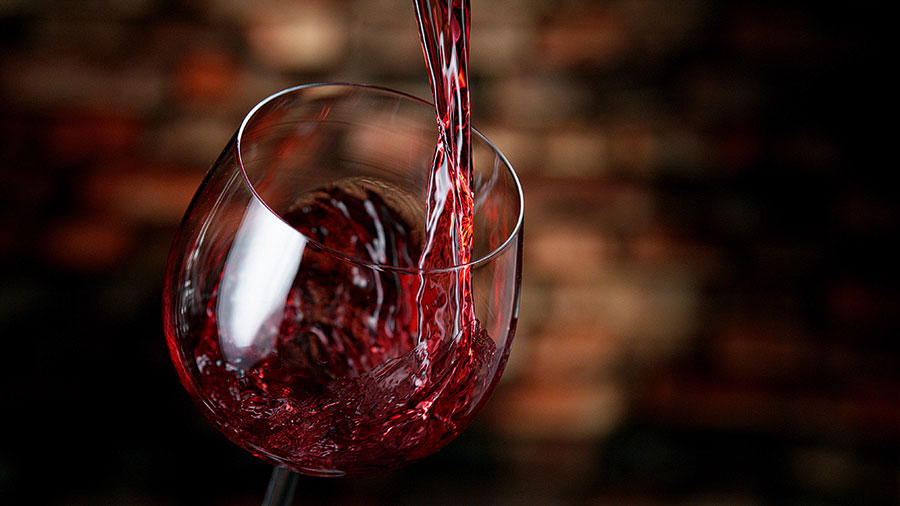
Light to medium-bodied red wines or bright acidic red wines work best. Tempranillo wines go well with charcuterie.
What Champagne or Sparkling Should I Pair?
- Prosecco
- Cava
- Crémant
- Champagne
- Demi-Sec
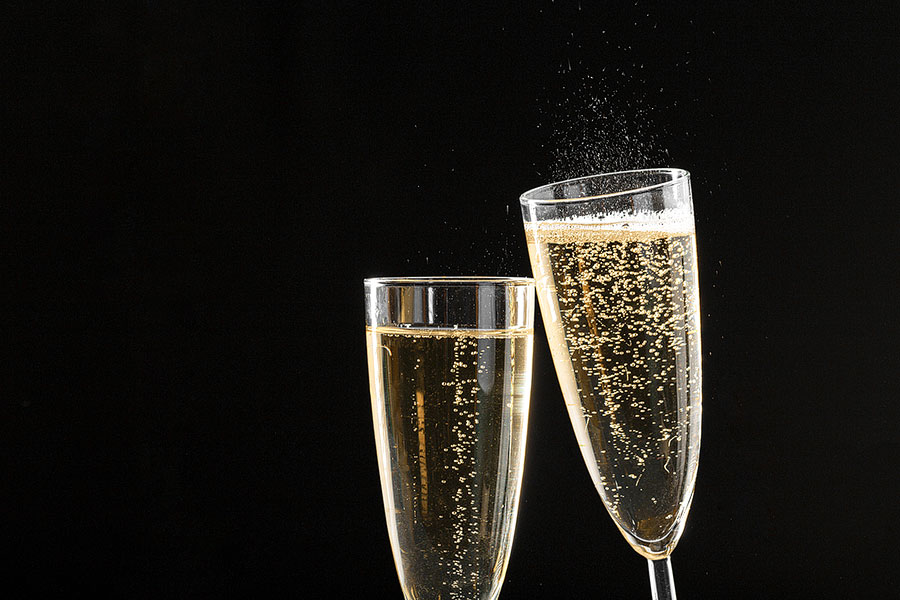
Champagne and sparkling wines are good to serve with charcuterie as they are higher in acidity and lower in alcohol. Crisper, high acidic wines wash away salty, fatty tastes while citrus notes provide refreshment.
What Wines Should I Serve With Lighter Meats?
- Tempranillo
- Sauvignon Blanc
- Pinot Grigio
- Prosecco
- Rose
When serving meat that is higher in flavor but not so spicy, these higher acidic wines above go well with this type of charcuterie.
What Wines Should I Serve With Spicier Meats?
- Reisling
- Chenin Blanc
- Malbec
- Gamay
- Beaujolais
Meats and cheeses on your charcuterie board that are both slightly spicy and salty pair well with these wines. Personally we prefer white wines with spicy foods.
These wines work well with spicier foods because they have a lower alcohol content, and won’t clash with cured meats or pepper flakes.
What Wines Should I Serve with Bolder Charcuterie Flavors?
When serving truffled cheese or salami or Spanish dry chorizo, you need a more full-bodied wine like these.
- Syrah
- Chardonnay
What Wines Go With Semi-Soft Cheeses?
Think of cheeses like gruyere, Havarti, or a younger, non-aged, gouda.
- Chardonnay
- Pinot Blanc
- Younger Bordeaux
Which Wines Pair With Fresher Cheeses?
These cheeses typically have distinct flavors that you want to pair with the right wines on your charcuterie board. Think of feta, burrata, or goat cheeses.
- Sauvignon Blanc
- Chardonnay
- Pinot Noir
- Gamay
Which Wines Should I Serve With Harder Cheeses?
- Sparkling wine
- Light-bodied whites including Picpoul Blanc, Sauvignon Blanc
- Full-bodied whites including Chardonnay
- Light-bodied reds including Pinor Noir and Cinsault
- Medium-bodied reds including Tempranillo, Grenache, Mouvedre, Syrah, Sangiovese
- Full-bodied reds including Petit Verdot
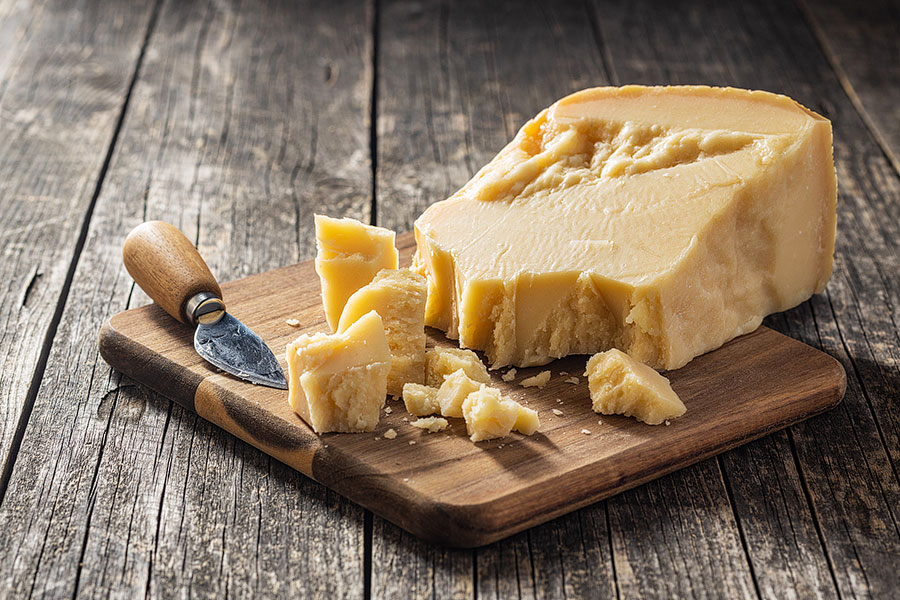
It’s easier to pair wine with hard cheeses because you can amplify shared flavors when they aren’t pungunt When we think of harder cheese, we think of aged cheddar, aged gouda, Parmigiano Reggiano, Mimolette, Pecorino, Asiago or Manchego. Chianti almost always pairs well with these cheeses.
What Wines Go With Stinky or Blue Cheeses?
- Sparkling wine
- Rosé
- Malbec
- Sauternes
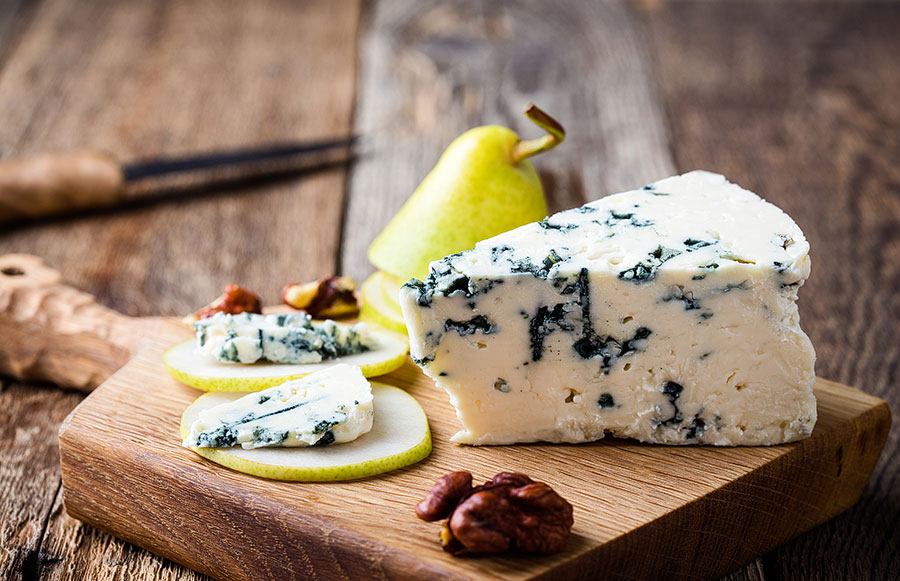
Stinky cheeses like blue, Stilton, gorgonzola, or Roquefort have distinct, pungent flavors. You don’t want the wine to compete with the taste of the cheese in this circumstance.
You want the wine to have a complementary pairing that creates balance through contrasting tastes and flavors. Sparkling wine, aromatic white wine, full-bodied red wine or a dessert wine will pair well with these types of cheeses.
What Charcuterie to Serve with Prosecco?
- Higher fatty foods like prosciutto, salami, jamón serrano, or pepperoni
- Salty foods like potato chips
- Olives
- Cheese
Is There a Formula I Can Use for Selecting Wine?
As you have read, there are many different ways to think about serving wine with charcuterie. It can be a challenge but a typical formula is like this:
- Salt + Acid + Far + Spice = less sweet and more aromatic and fruity wine
- Spicier Meats = sweeter wine
- Creamy Cheese = acidic wine
What to Drink with Charcuterie
Pair charcuterie with lighter-bodied white wines or medium-bodied red wines. Prepare a charcuterie board using a variety of meats and cheeses to pair well with higher acidic and lower alcohol wines. Remember to consider saltiness, fat, and acidity when finding what wine goes with charcuterie.
- Pinot Grigio
- Sauvignon Blanc
- Merlot
- Pinot Noir
- Champagne
As you can see, there are many choices when it comes to what wine goes with charcuterie. Keep a few simple things in mind and have a great time pairing your food and wine.
Time To Clean Your Charcuterie Board
You’re done serving food and now it’s time to clean up. Here’s how to clean your charcuterie board and here is how we suggest you clean your wine glasses.
